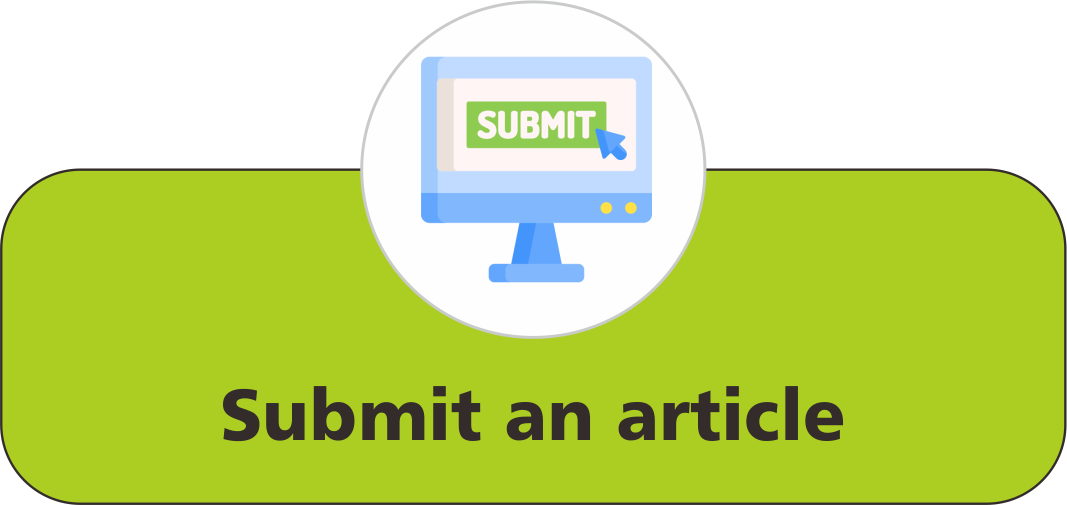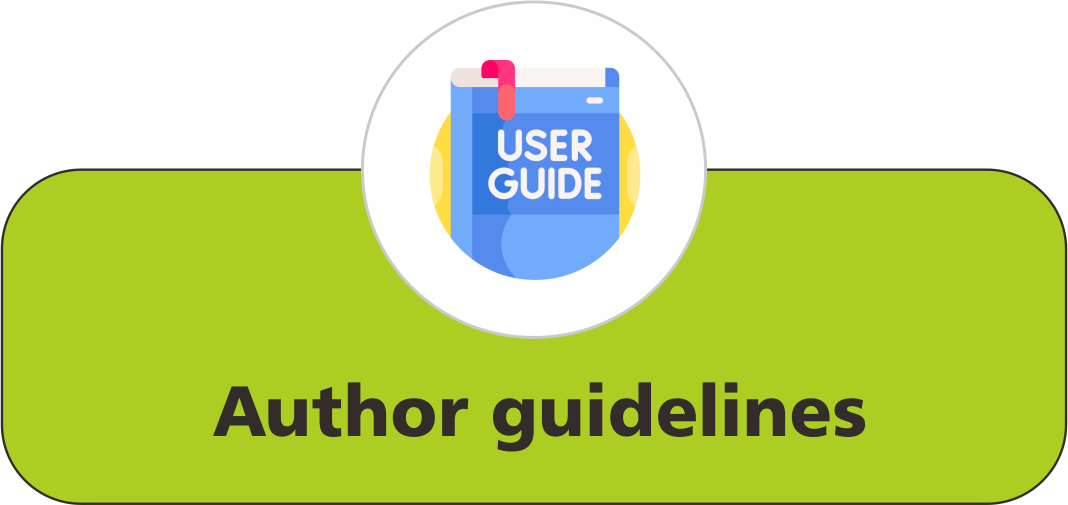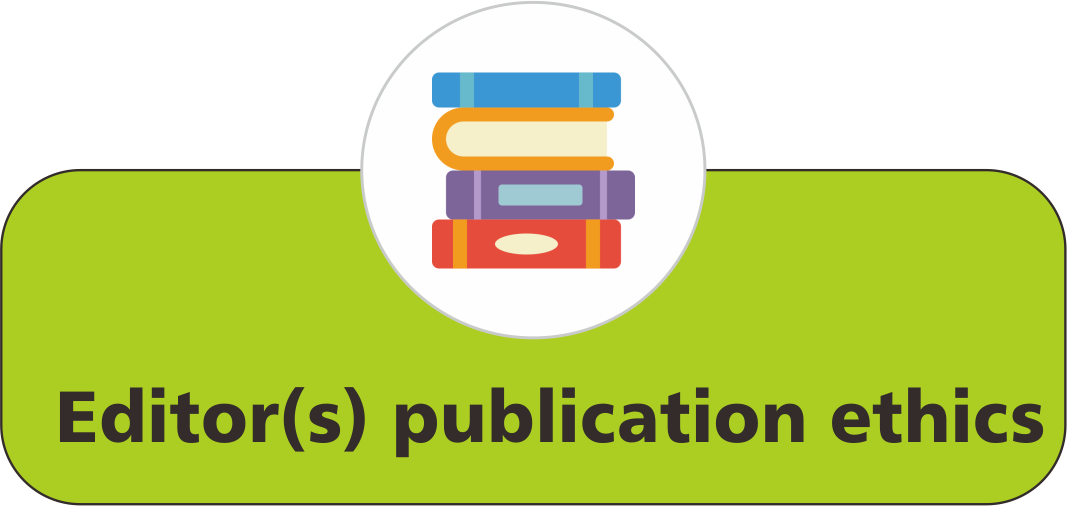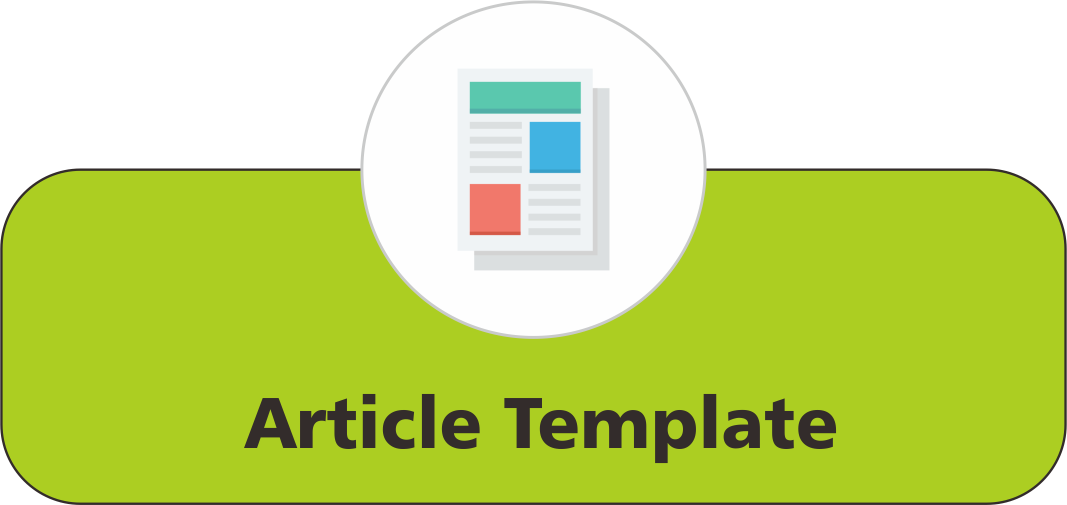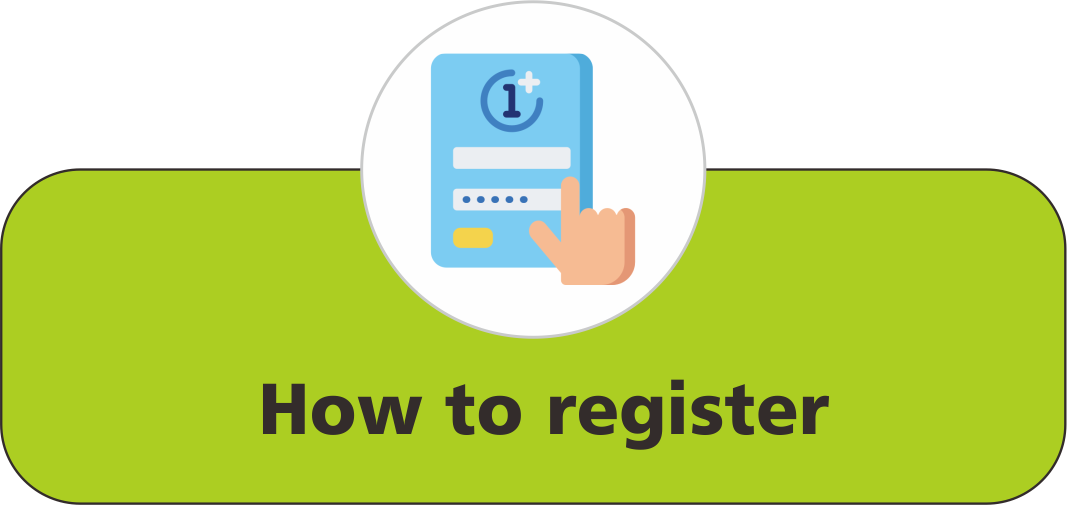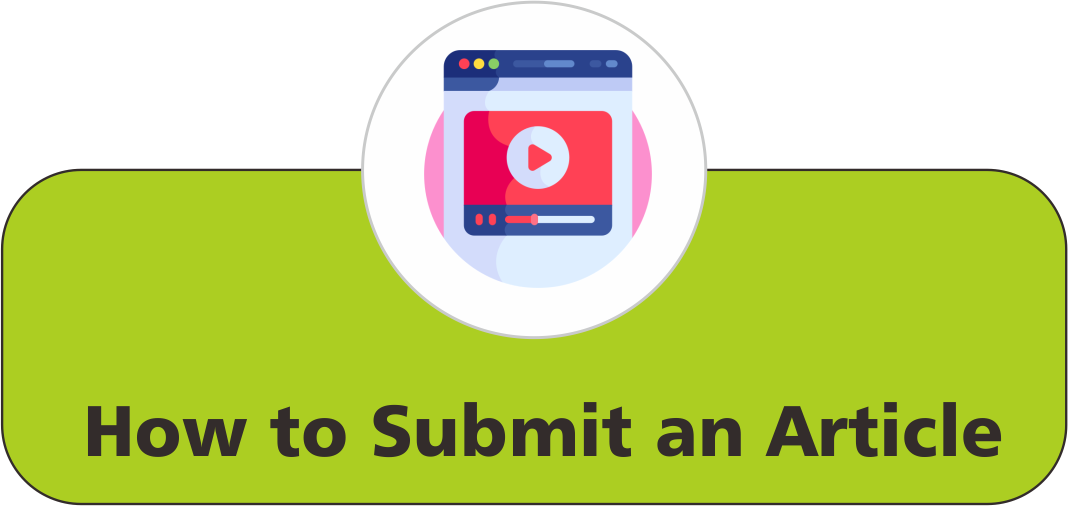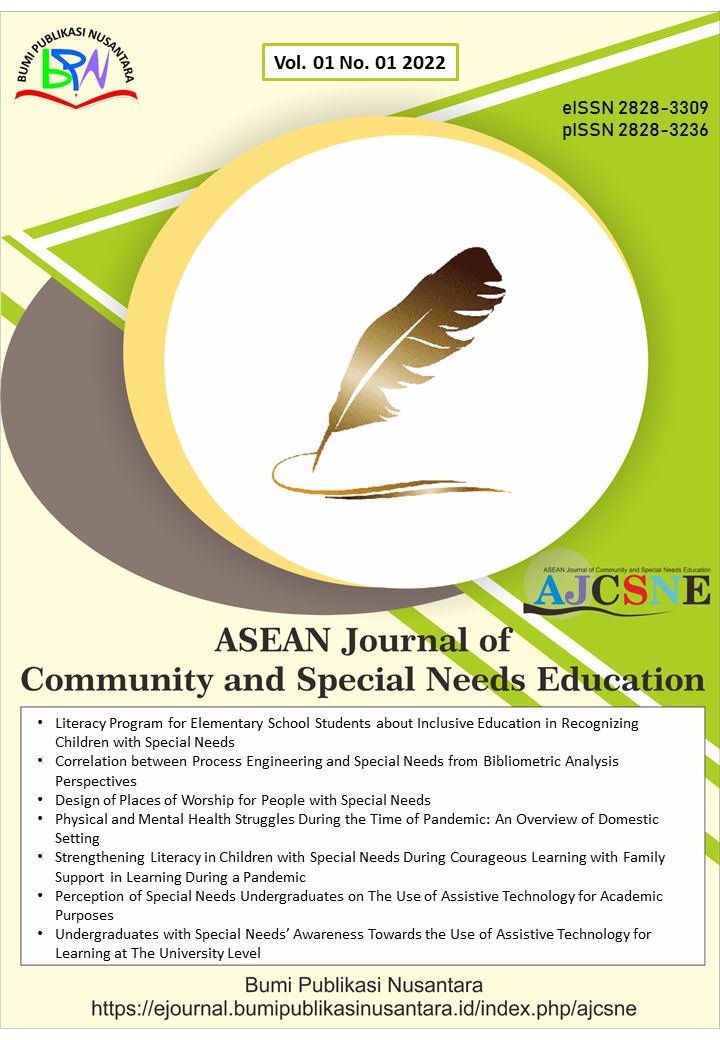A Digital Accessibility and Inclusive Design-Based E-Module in Higher Education: Does it Work in A Classroom with A Deaf Student?
 ), Neti Asmiati(2), Yuni Tanjung Utami(3), Dedi Mulia(4), Sistriadini Alamsyah Sidik(5), Reza Febri Abadi(6), Toni Yudha Pratama(7), Sayidatul Maslahah(8), Anggoro Suryo Pramudyo(9),
), Neti Asmiati(2), Yuni Tanjung Utami(3), Dedi Mulia(4), Sistriadini Alamsyah Sidik(5), Reza Febri Abadi(6), Toni Yudha Pratama(7), Sayidatul Maslahah(8), Anggoro Suryo Pramudyo(9),
(1) Universitas Sultan Ageng Tirtayasa
(2) Universitas Sultan Ageng Tirtayasa
(3) Universitas Sultan Ageng Tirtayasa
(4) Universitas Sultan Ageng Tirtayasa
(5) Universitas Sultan Ageng Tirtayasa
(6) Universitas Sultan Ageng Tirtayasa
(7) Universitas Sultan Ageng Tirtayasa
(8) Universitas Sultan Ageng Tirtayasa
(9) Universitas Sultan Ageng Tirtayasa
 Corresponding Author
Corresponding Author
Abstract
Keywords
References
Apriyanti, C. (2020). The parent’s role in guiding distance learning and the obstacle during covid-19 outbreak. Jurnal Ilmiah Pendidikan Dasar, 7(02), 68-83.
Hasan, M., and Yarmi, G. (2018). Pengaruh ontegrasi pembelajaran literasi dan kemampuan berpikir kritis terhadap keterampilan menulis paragraf siswa sekolah. Prosiding Seminar Dan Diskusi Pendidikan Dasar, 6, 380-385.
Kamil, R. J., Genther, D. J., and Lin, F. R. (2015). Factors associated with the accuracy of subjective assessments of hearing impairment. Ear and Hearing, 36(1), 164-167.
Larasati, M. Y. I. (2022). The students’ obstacle on synchronous LMS– online English learning during pandemic. English Teaching Journal (ETERNAL), 13(1), 117–129.
Morere, D. A., Dean, P. M., and Mompremoer, L. (2019). Mental health assessment of deaf clients: Issues with interpreters use and assessment of person with diminished capacity and psychiatric populations. JADARA, 42(4), 9-19.
Moubayed, A., Injadat, M., Shami, A., and Lutfiyya, H. (2020). Student engagement level in an e-learning environment: Clustering using k-means. American Journal of Distance Education, 34(2), 137-156.
Muljono, M., Saraswati, G. W., Winarsih, N. A. S., Rokhman, N., Supriyanto, C., and Pujiono, P. (2019). Developing BacaBicara: An Indonesian lipreading system as an independent communication learning for the deaf and hard-of-hearing. International Journal of Emerging Technologies in Learning (Online), 14(4), 44-57.
Raj, N. S., and Renumol, V. G. (2022). A systematic literature review on adaptive content recommenders in personalized learning environments from 2015 to 2020. Journal of Computers in Education, 9(1), 113–148.
Article Metrics
Abstract View : 1422 times
: 1422 times Download : 413 times
Download : 413 times
Refbacks
- There are currently no refbacks.
Copyright (c) 2023 Bumi Publikasi Nusantara

This work is licensed under a Creative Commons Attribution-ShareAlike 4.0 International License.

